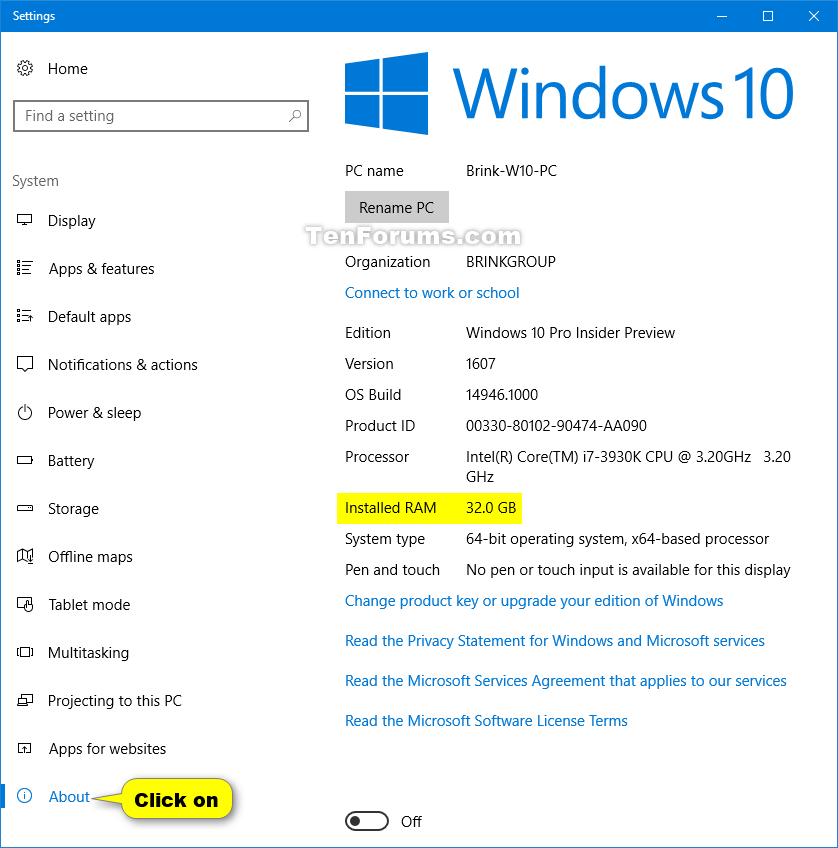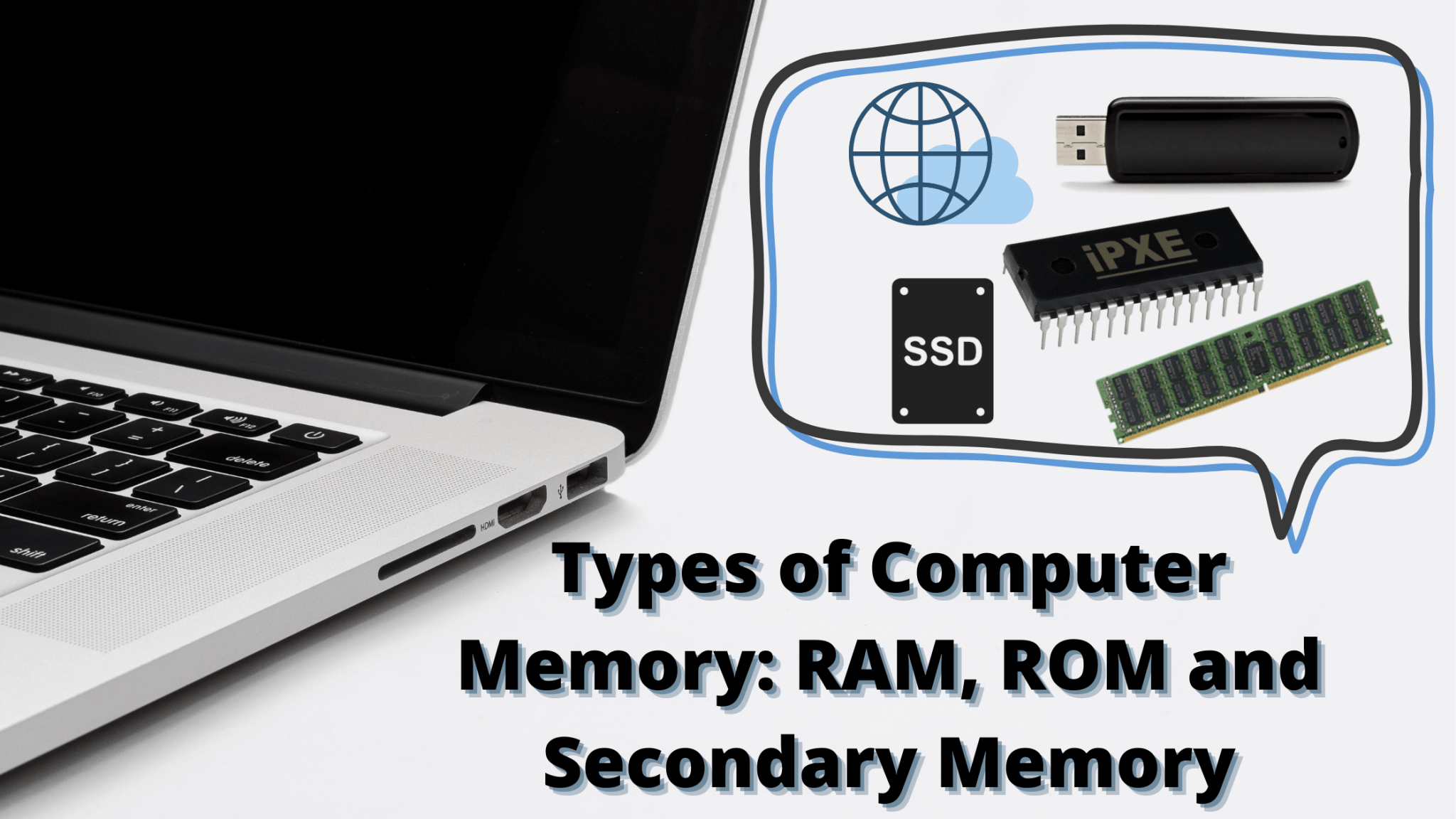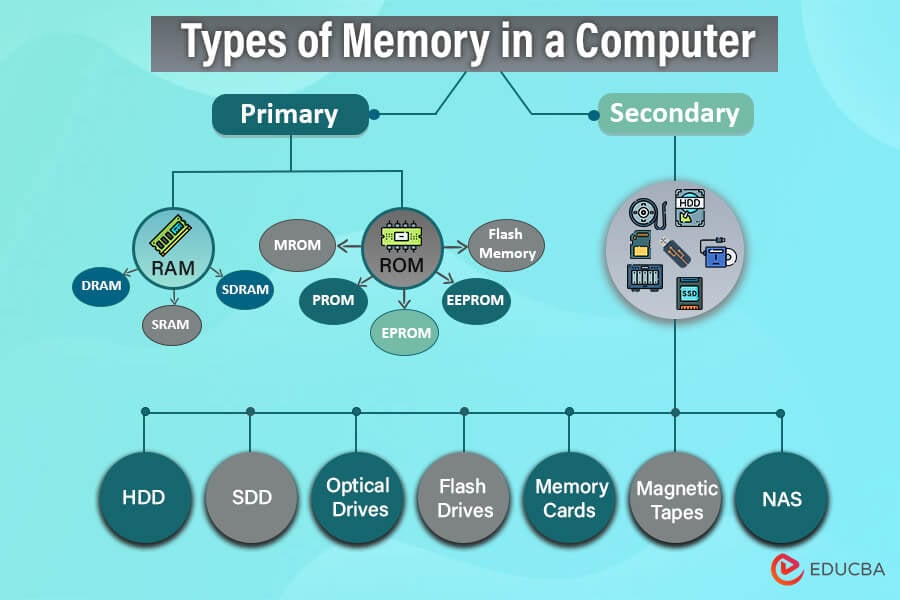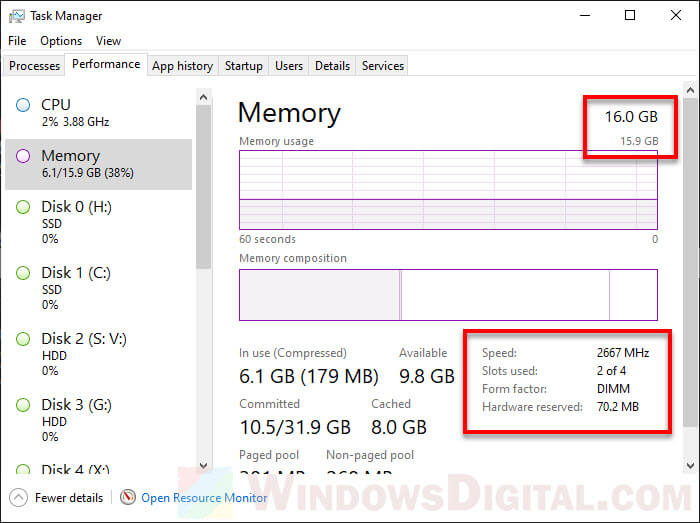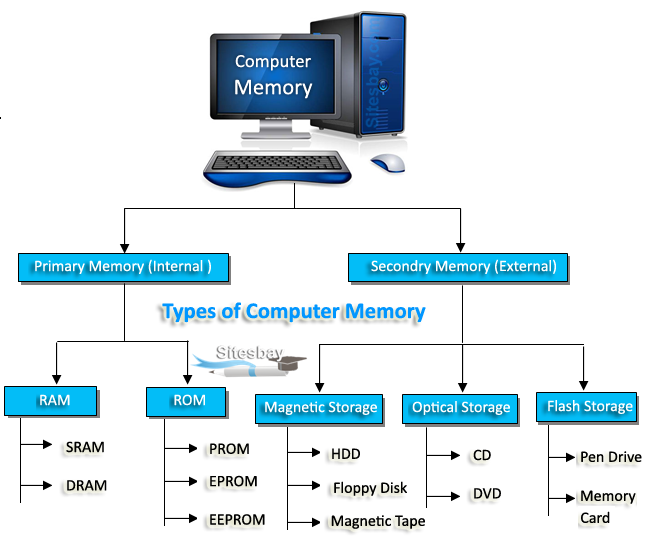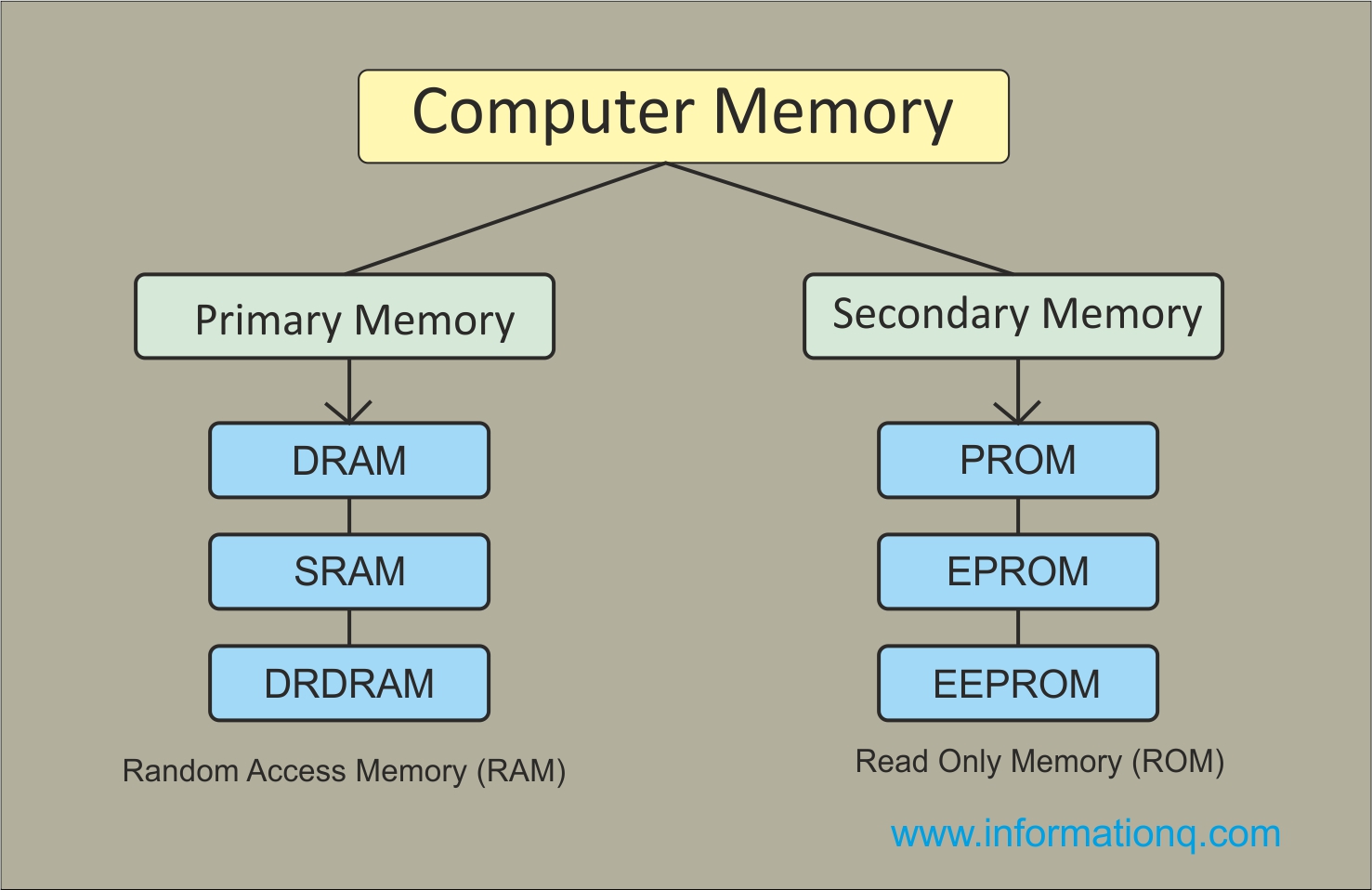Impressive Info About How To Check Computer Memory Type
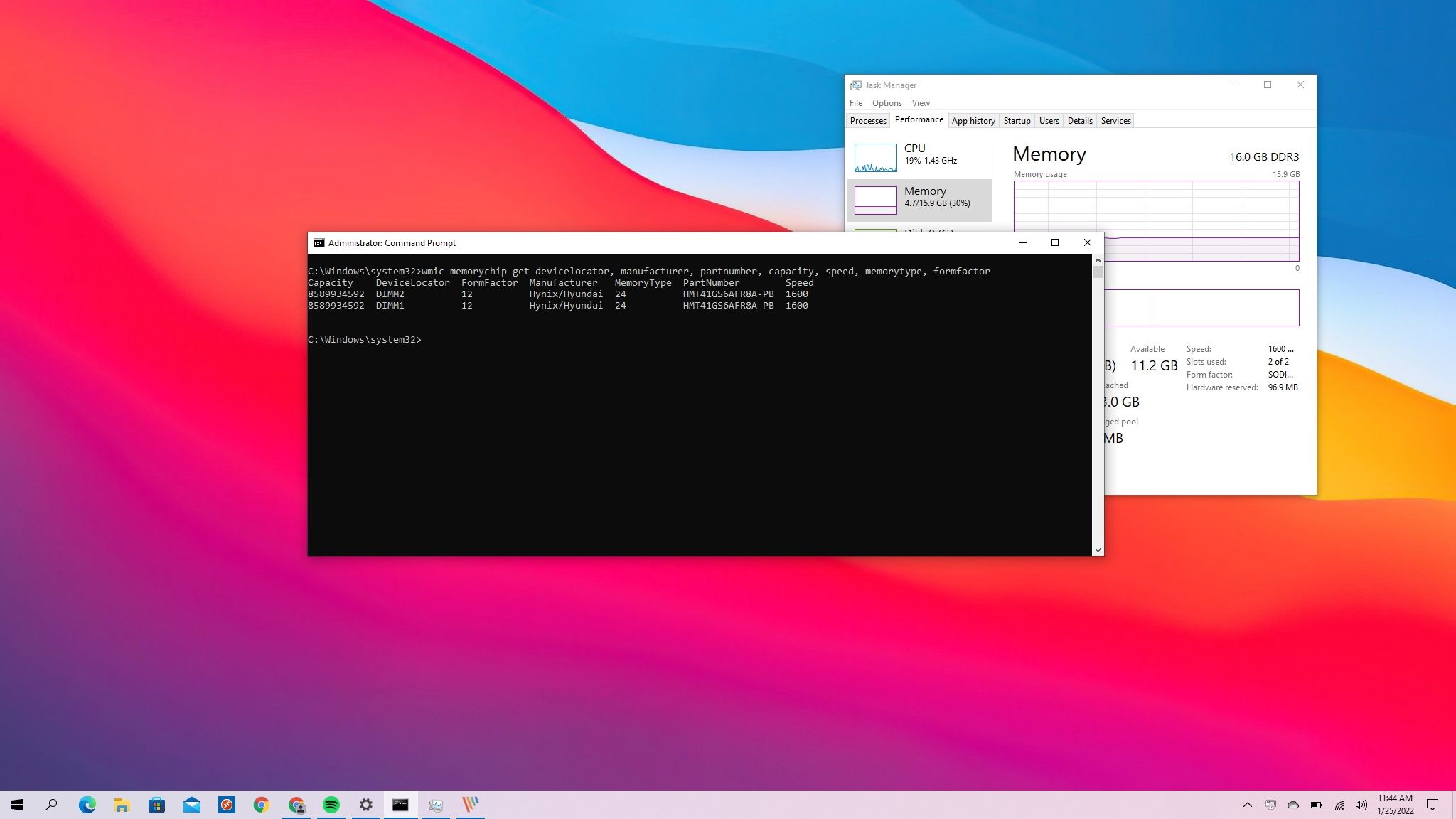
Now, switch to the performance tab and select memory.
How to check computer memory type. 1 press the ⊞ win key. Type cmd, then hit ctrl + shift + enter to. Access your computer's specs using settings.
Locate installed physical memory (ram). The modules are thinner, faster, support higher memory capacity,. Choose task manager to open it and on the.
Click “start” begin by clicking on the “start” menu, located in the bottom left of your screen. Use ctrl + shift + esc keys together to launch task manager directly. 2 copy and paste the command below you want to use into the command prompt, and press enter.
Start task manager, select the performance tab, and click memory. 1 open a command prompt. How to check the ram type with command prompt the most straightforward to check the ram type on your windows pc is via command prompt.
Find low everyday prices and buy online for delivery or. Open up your windows start menu. How to check ram speed and size.
Alternatively, you can click the start logo in the taskbar. Check how much ram your pc is using for daily tasks. To check how much ram you have on windows, press ctrl+shift+esc, select the performance tab, then go to memory. on mac, click the apple icon, then.
Open “task manager”, go to the “performance” tab, and select “memory”. If you are prompted for an administrator password or confirmation, type. Click on the system tab.
(full details) wmic memorychip get. The type (e.g., ddr3, ddr4) is usually listed under the speed information. Press windows + r to open the run dialog.
To check the basic details like the processor type and ram amount, first, open the settings app on your pc. Under the system information section, check the computer tech specs, including processor, memory, bios or uefi version, system. Find “about your pc” next, type “about your pc” and press enter when.
Type in system information and click on the result to open it. Here, you can notice that the ddr. If you’re not already looking inside your pc, an easy way to figure out the memory format is to look at the system manufacturer’s product page, user manual, or.



